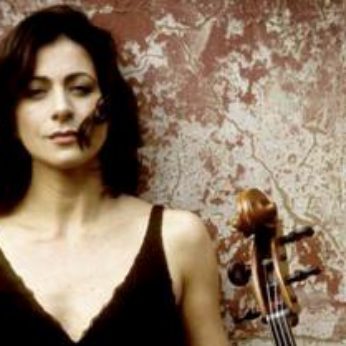Composer: Johann Sebastian Bach (b. 1685 - d. 1750)
Performance date: 03/07/2012
Venue: St. Brendan’s Church
Composition Year: c.1720
Duration: 00:15:41
Recording Engineer: Anton Timoney, RTÉ lyric fm
Instrumentation: 2vn, va, vc
Instrumentation Category:Solo
Artists:
Natalie Clein -
[cello]

Copyright © 2025 West Cork Music. All rights reserved.
Designed and developed by Matrix Internet